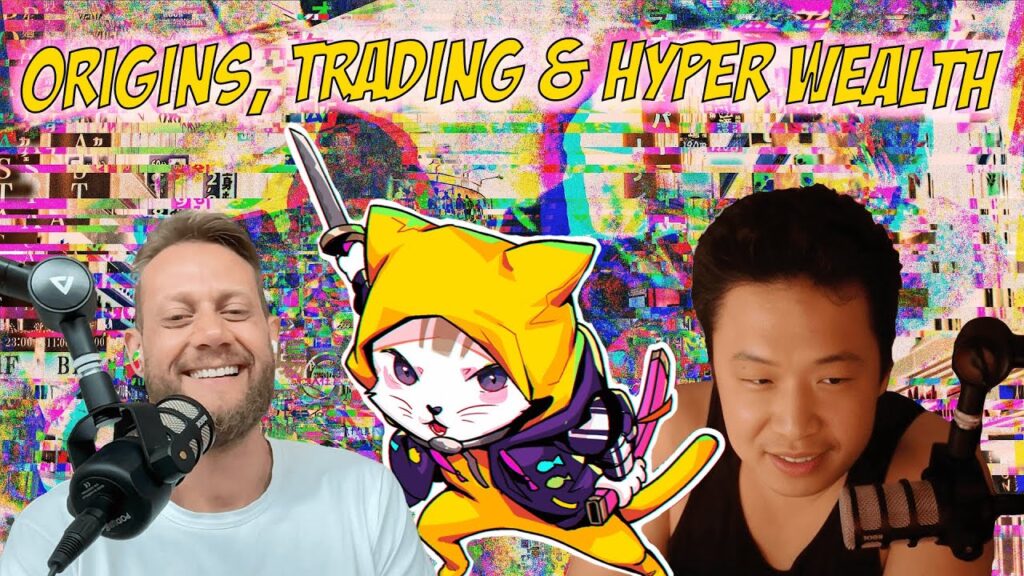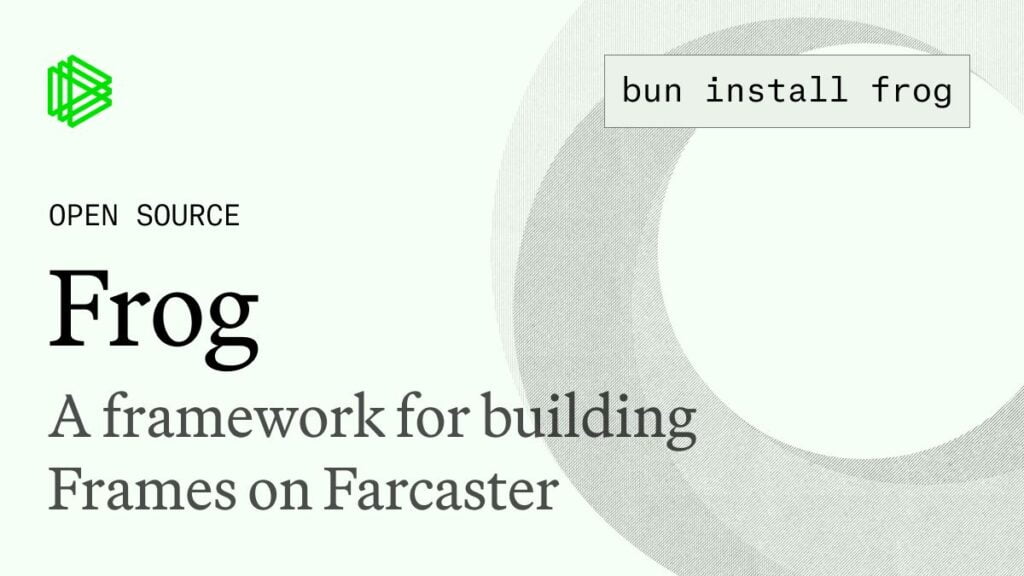Research Summary
The report discusses the emerging trend of SocialFi, a blend of social relationships and financial tokenization, focusing on two models: social financialization and financial socialization. It compares two platforms, Farcaster and friend tech, highlighting their different strategies, user behaviors, and revenue models.
Key Takeaways
SocialFi: A Blend of Social Networks and Finance
- Social Financialization and Financial Socialization: The report introduces two models of SocialFi. Social financialization, represented by friend tech, focuses on finance and uses social networks for financial benefits. Financial socialization, represented by Farcaster, builds communities and social relationships through content creation and tokenization.
- Public and Private Social Platforms: Farcaster operates like Twitter in the public domain of social networking, while friend tech is akin to WeChat in the private domain. The implementation of tokenized incentives on these platforms varies based on their characteristics and user behaviors.
Revenue Models and User Base
- Farcaster’s Revenue: Farcaster’s revenue primarily comes from new user registrations, renewals by existing users, and payments for additional storage space. It has approximately 362,000 users and a cumulative revenue exceeding $1.3 million.
- Friend Tech’s Revenue: Friend tech’s revenue mainly comes from user key fees, club fees, built-in swaps, and FRIEND LP fees. It has approximately 915,000 users and has captured over $100 million in historical cumulative fees.
Asset Issuance and dApp Building
- Friend Tech’s Asset Issuance: Each of the 915,000 users in friend tech represents an FT asset called a key, resulting in 915,000 key assets. Since the launch of v2, over 200,000 clubs have been created, corresponding to over 200,000 club key assets.
- Farcaster’s Asset Issuance: Farcaster’s asset issuance is more diverse, mainly divided into three types: user-registered FID, social relationships generating social assets, and assets issued or applications built by Frame.
Advantages and Disadvantages of Social Financialization and Financial Socialization
- Social Financialization: Applications like friend tech can attract massive participation through mechanisms similar to Ponzi model, due to their potential for rapidly increasing returns. However, excessive financial activities may lead to investment bubbles and unsustainable growth once user expansion slows.
- Financial Socialization: Initiatives like Farcaster aim to make social interactions more engaging. They facilitate the flow of information along with value, building Meme community networks, and creating new seamless interactive experiences through Frame. However, the need for paid entry also poses challenges in terms of user education and acceptance.
Actionable Insights
- Understanding the Dynamics of SocialFi: Stakeholders should delve deeper into the dynamics of SocialFi, understanding the differences between social financialization and financial socialization, and how they can be leveraged for different purposes.
- Exploring Revenue Models: Businesses should explore the revenue models of platforms like Farcaster and friend tech, and consider how similar models could be applied to their own platforms or services.
- Considering User Base Expansion: Companies should consider the strategies used by Farcaster and friend tech for user base expansion, and how these strategies could be adapted to their own platforms.











